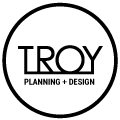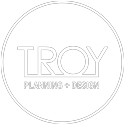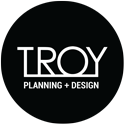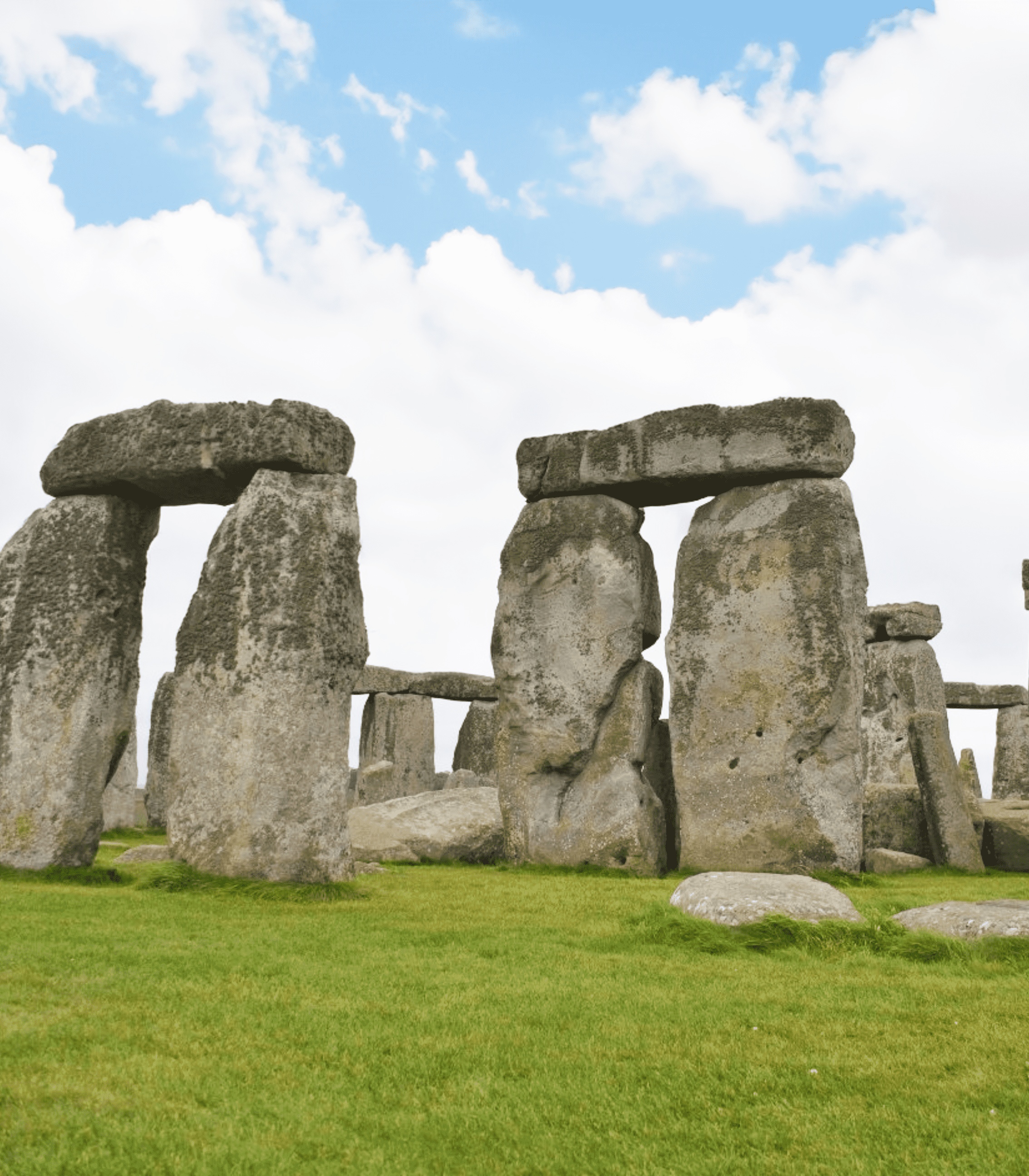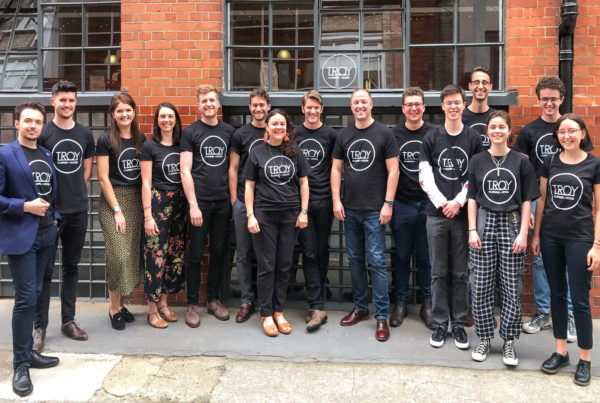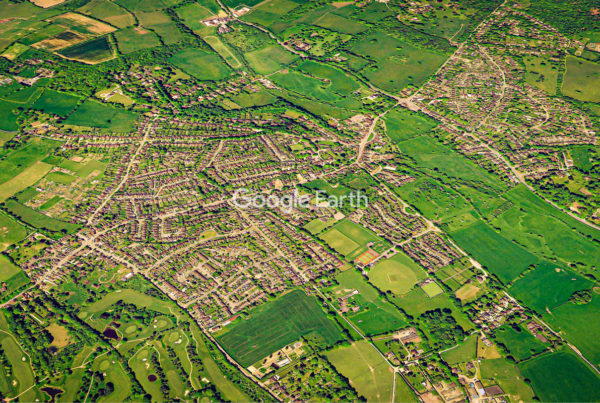“Why is it that large bin lorries are still used to establish street geometry, and thus influence quality of place?”
So opened a recent talk convened by the Urban Design Group. Perhaps the answer is in research undertaken by UCL into urban design skills within Local Planning Authorities. This found, perhaps unsurprisingly, that there are a lack of urban design skills and resources in the public sector. In lieu of in-house resources, almost a fifth of all respondents said that they rely on colleagues within traffic engineering teams to provide their urban design advice.
Oh dear.
So how has it got to the point that, earlier this year, prompted Baroness Andrews to ask:
“Why are we as a country so place-blind; why do we have so many ugly and careless buildings when we have so much talent and resource to build better…?’
Much of this is clearly related to funding, budget cuts, and a planning system that has become ever more numbers and land driven. The streamlining of the industry that took place as a result of the recession hasn’t helped either, with many teams across the sector working in silos and not benefitting from the cross fertilisation of ideas and knowledge to help make better places.
But the lack of good urban design guidance hasn’t helped either. Back in the late 90’s and through the noughties the industry produced volume upon volume of urban design guidance, starting with By Design and the Urban Design Compendium, followed by, amongst others, Better Places to Live, Better Places to Work, Going to Town, Safer Places, Manual for Streets. If you were a PPG or PPS without a companion guide of some form then you were doing something wrong…
Bidding for some work back in the early noughties with ex-colleagues we showed an image of the urban planner / designer’s desk stacked high with design guides. We quipped that a guide to the design guides was needed. It didn’t help.
But then along came Lord Taylor of Goss Moor. In 2012 all the good work that went into these documents was wiped out. Most were cancelled. It was suggested that, because the issues are well known, then guidance material is no longer needed. How wrong.
We have instead been struggling over the past few years with text in the NPPF and PPG. Neither of which includes pictures nor helps communicate what is considered good design.
Into this breach has stepped Urban Design London, who very recently published ‘The Design Companion for Planning and Placemaking’. This attempts to fill the void left at national level and is a resource for all to use; those in and outside the industry, those in the public and private sectors. It covers the principles of good design and explains how to use and interpret these, and, most importantly, provides illustrations showing what good design means. These have application across the country. It benefits from drawing upon contributions and advice from a wide range of industry experts and should provide local authorities, and others, with the tools to help shape better places.
But the Companion needs to be taken up and endorsed by DCLG. The Housing White paper suggest that design should not be used as a valid reason for objecting to applications where it accord with design expectation in local plans. But this does not address how useful and well developed those expectations and associated policies are. Which again, links back to skills and resources.
We are now at a turning point. With more Garden Settlements coming forward, with brownfield land now back on the agenda, with self-build and custom-build gathering momentum, we need to make sure that we create the places that people are truly proud to call home.
“If you plan for cars and traffic, you get cars and traffic. If you plan for people and places, you get people and places”
Fred Kent, PPS Group
So we must ask whether we want to live and work in places that are designed on vehicle movement, or which are driven by numbers, or which respond to the human scale, to local character and identity. The new Design Companion provides a tool to help make this happen. I suggest you grab a copy. But more importantly, use it.
Notes:
Jon advised on the density section of the Design Companion. He is a Cabe BEE and design review panel member.
The Design Companion is available to buy, online, via RIBA Bookshops: www.ribabookshops.com/item/the-design-companion-for-planning-and-placemaking/89458/
